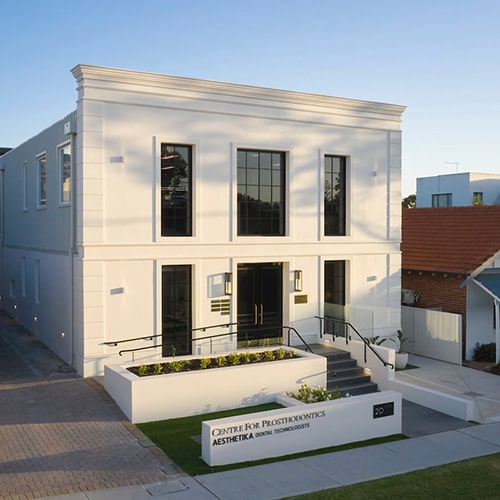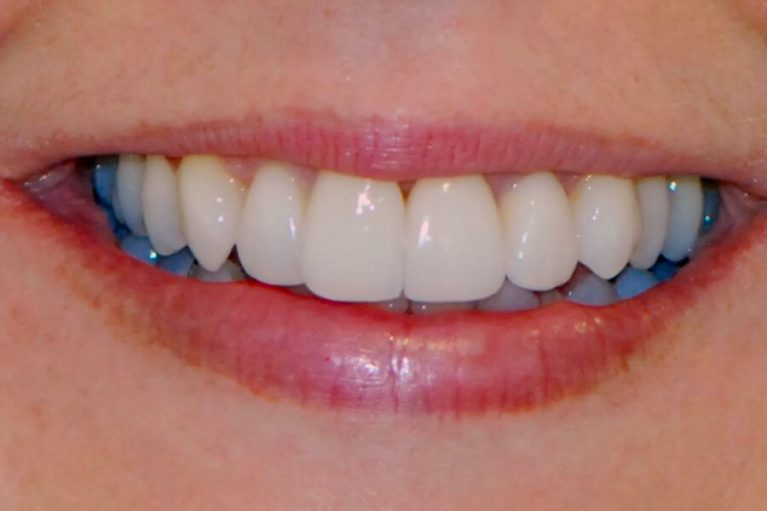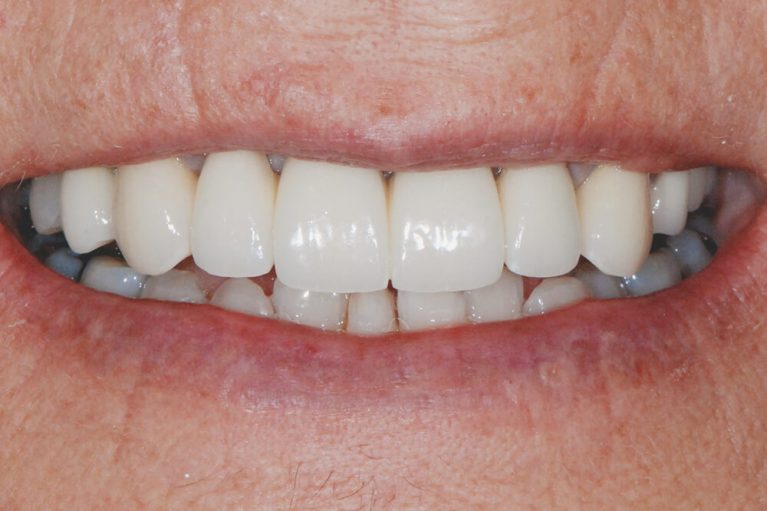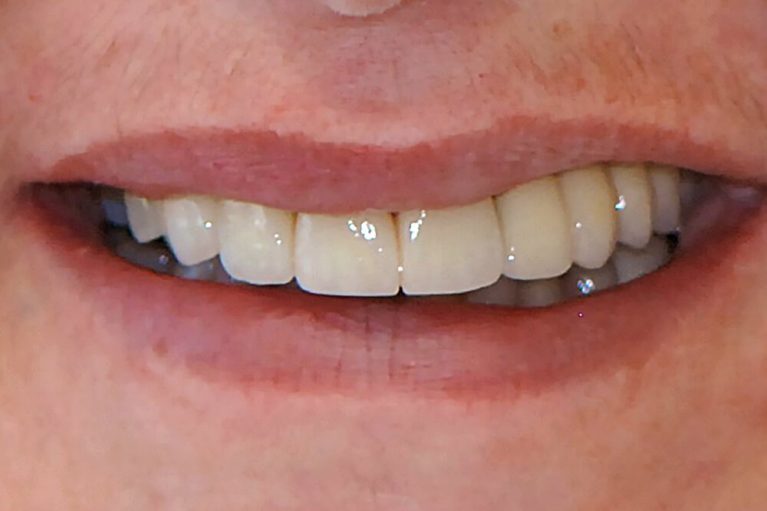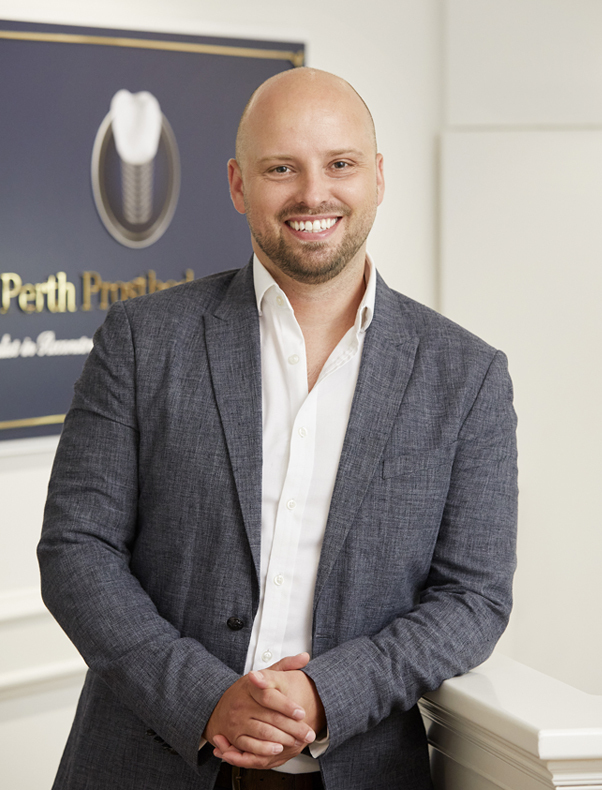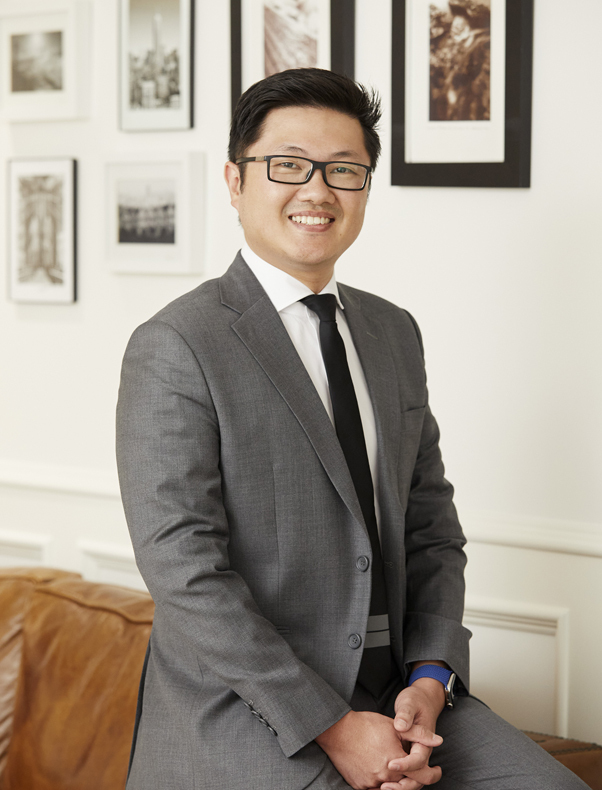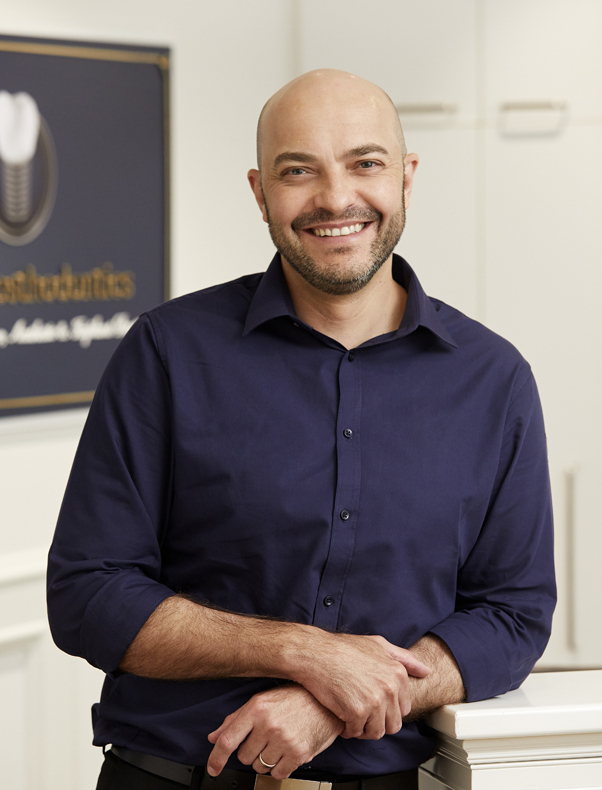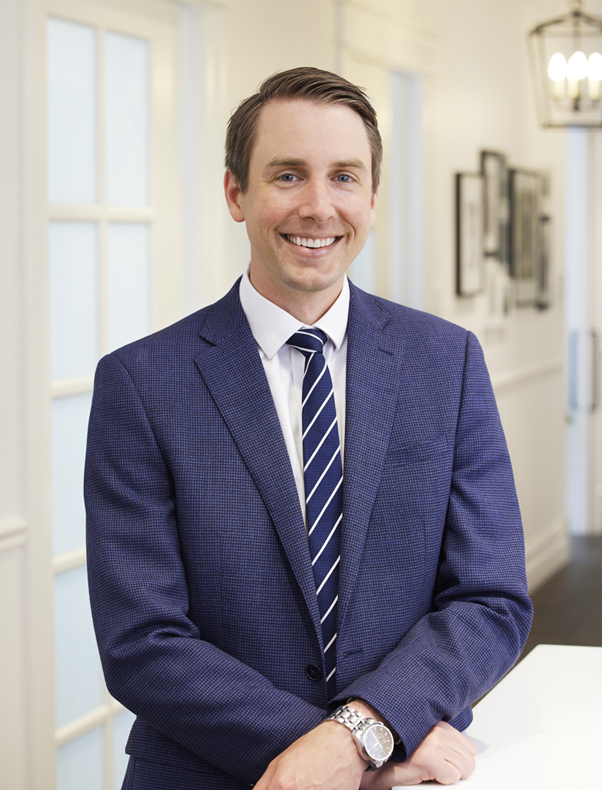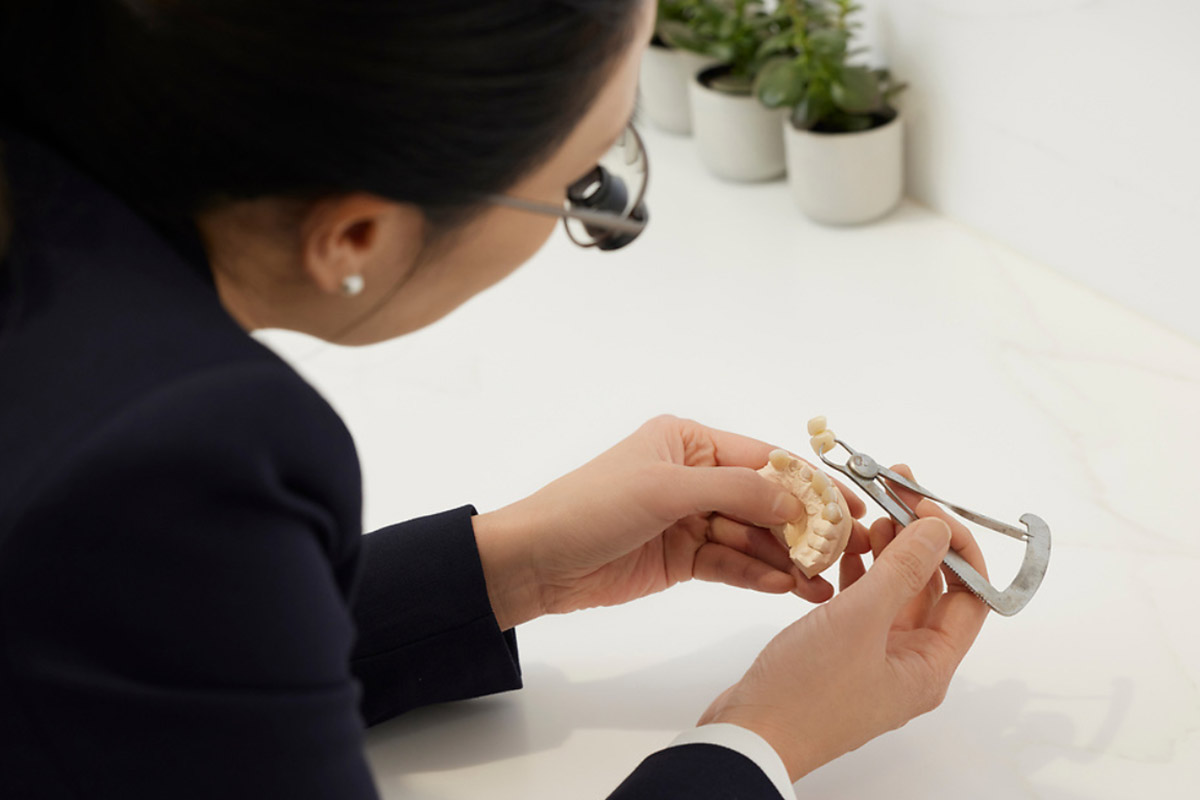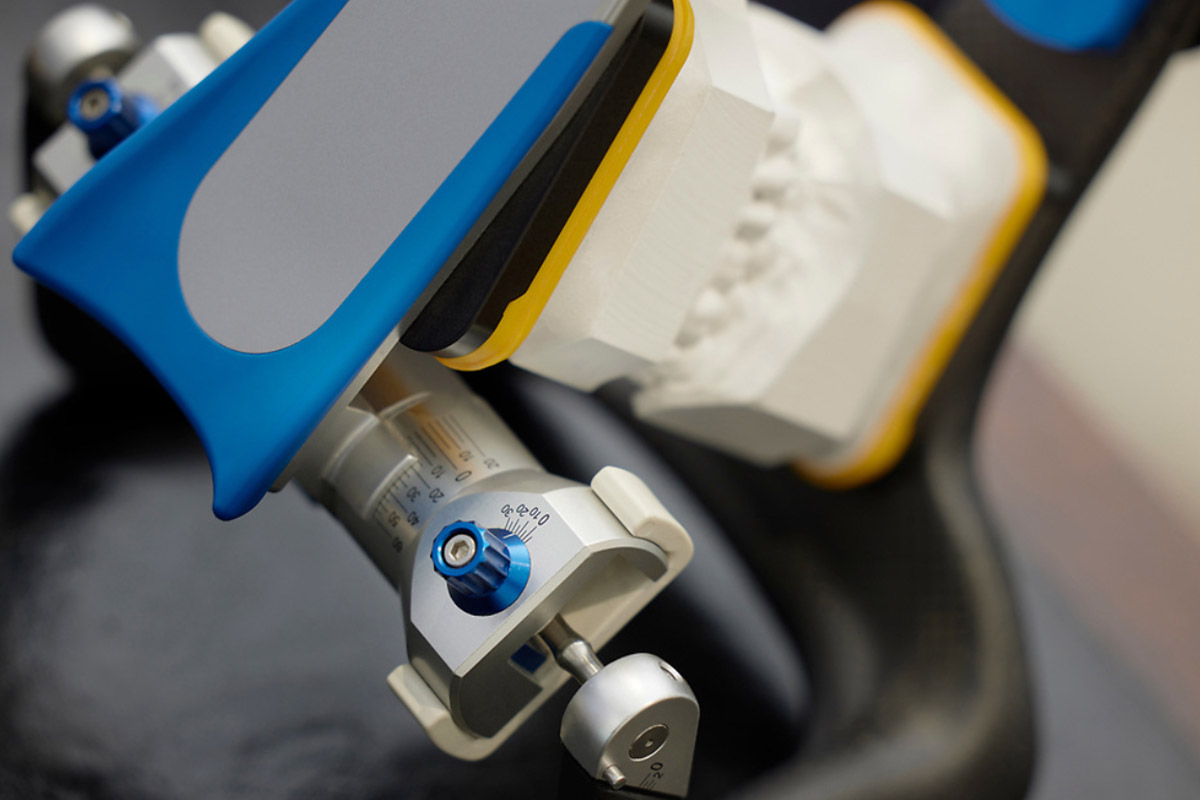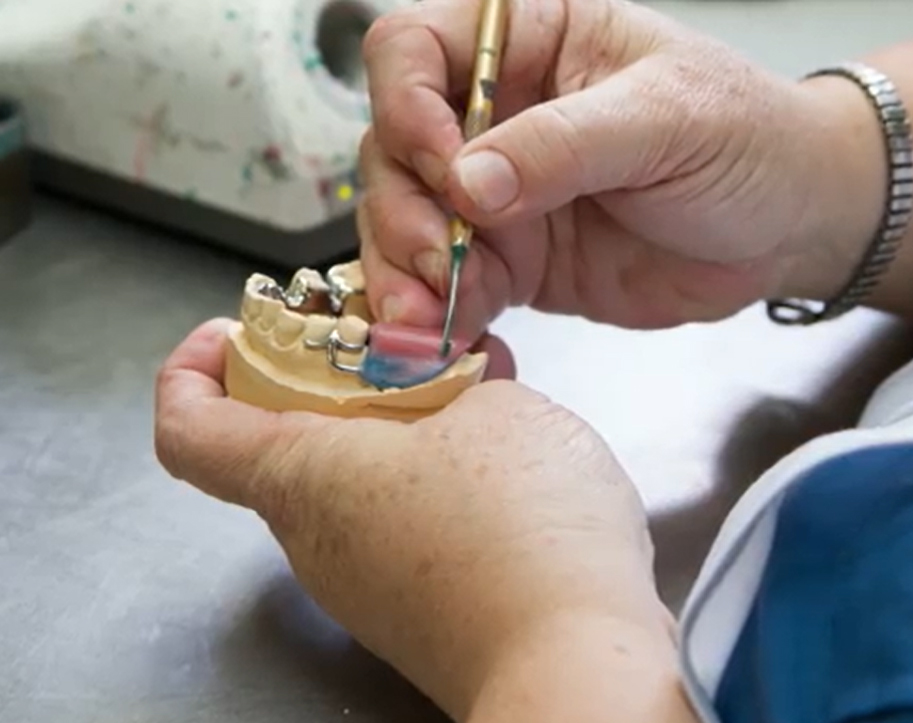You’ve found the world leaders in
Dental Inlays and Onlays.
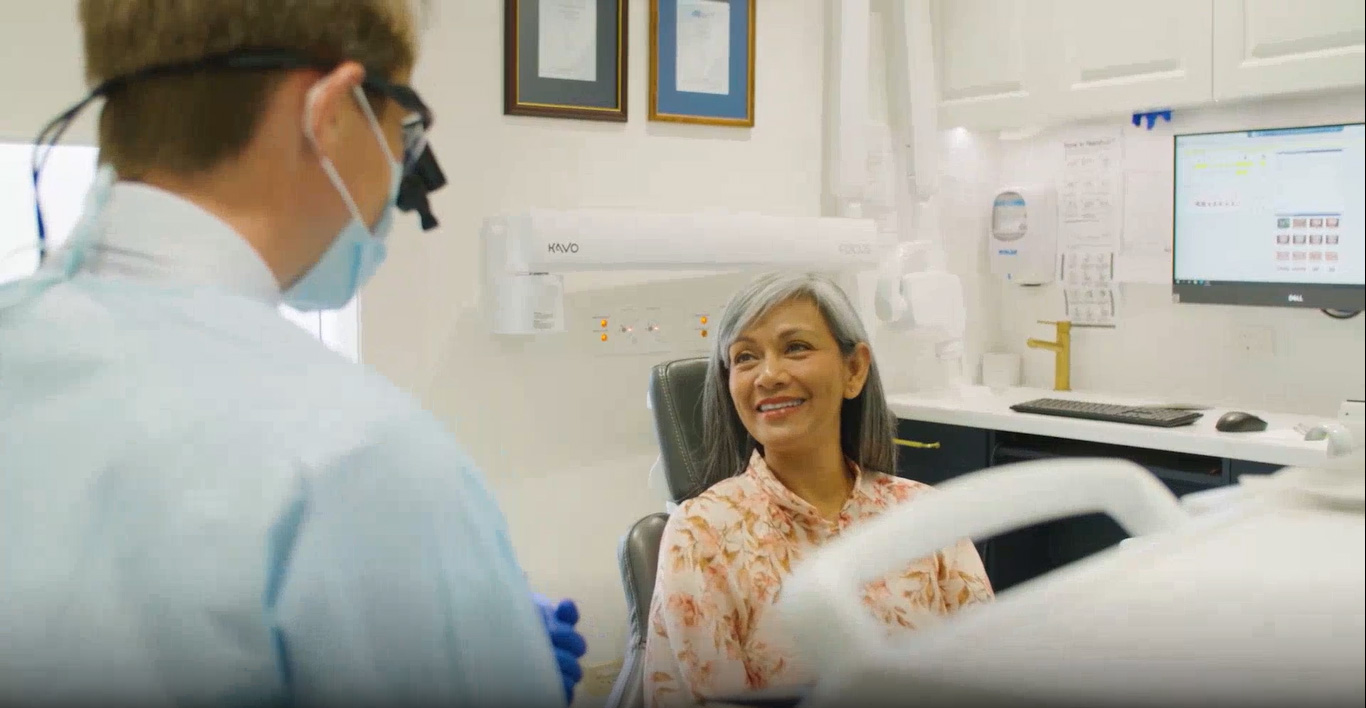
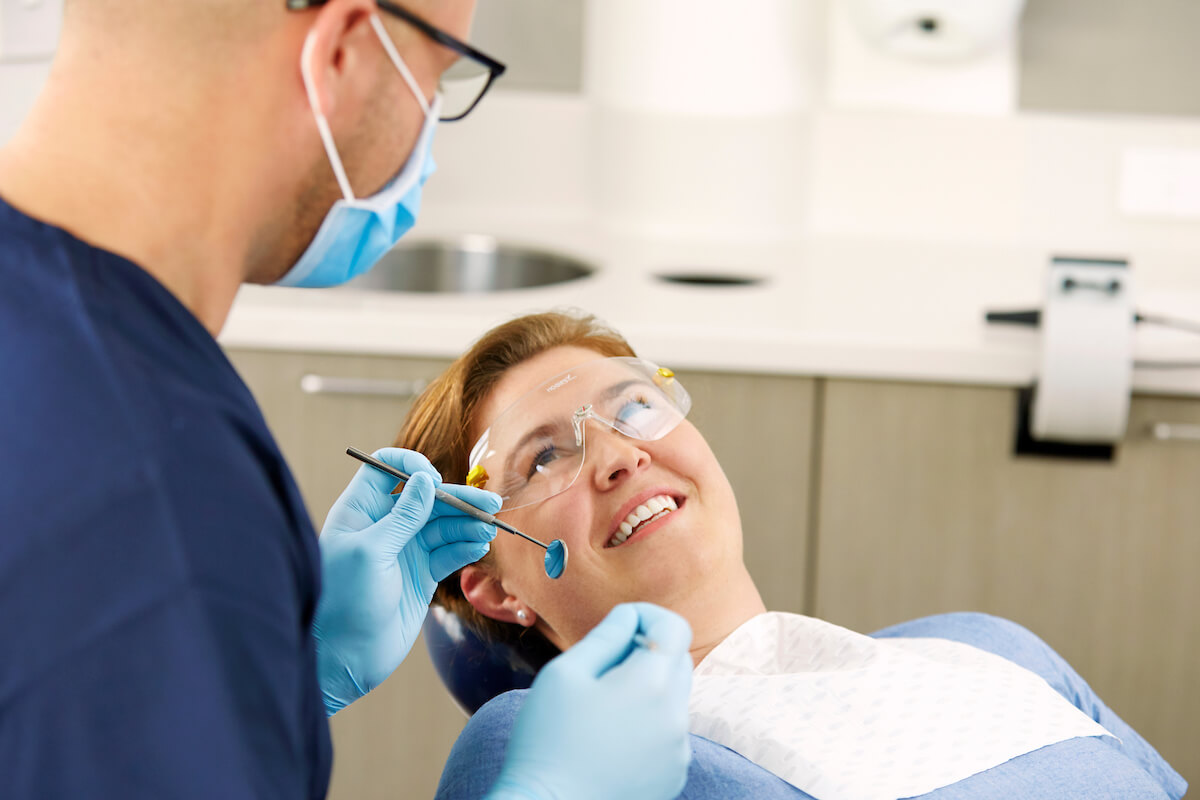
Things to consider when selecting your Clinician.
Careful planning is your foundation for long-term success.
Before beginning any Inlay or Onlay treatment we spend a considerable amount of time understanding the root causes of your problem to tailor a solution that reduces the likelihood of it recurring. Careful consideration will be given to your jaw biomechanics, lifestyle and tooth structure, so your Inlay or Onlay functions as part of your natural bite.
Without this attention to detail, you run the risk of your Inlay or Onlay interfering with your bite, coming loose or, in the worst case scenario, causing further damage to your teeth.
Technology is only as good as the experience of the person using it.
There are many sophisticated pieces of equipment we may use to model your Inlay or Onlay, from 3D oral scanners, digital smile design, to advanced CADCAM (computer assisted design and manufacture) processes.
We believe these provide the ‘science’ of Inlays and Onlays, but the ‘art’ can only be completed by an expert Prosthodontist with the experience to interpret data and make minor adjustments where necessary, which make all the difference to fit, function and aesthetics.
We only use the best materials, from the best laboratories.
Once modelling is complete, your Inlay or Onlay is sent to a very select group of laboratories for creation. We insist all our laboratories only use the highest quality ceramics (porcelain) or metals, and follow specific manufacturing processes, as substandard materials will lead to compromised aesthetics, gradual degradation, failures and potential tooth loss.
Inlay and Onlay success does not stop there. Our Prosthodontists follow meticulous bonding techniques using only manufacturer recommended adhesive composite resin to ensure Inlays and Onlays derive the highest strength and aesthetic result when bonded to your tooth.
About Inlays and Onlays.
Explore Our past work.
As prosthodontists, our dental treatments extend beyond simple cases. We frequently combine composite fillings, ceramic veneers, inlay and onlay procedures and crown and bridgework as part of complex dental rehabilitation. Our portfolio proudly displays our previous work, highlighting our expertise in comprehensive cosmetic dentistry and complex rehabilitation of worn dentition. Click here to view Dental Inlays / Onlays as as part of Cosmetic Dentistry Portfolio cases.
Frequently asked questions about Inlays and Onlays
What problems do inlays and onlays solve?
Inlays and Onlays are used to cover and repair damage to individual teeth from decay, cracks/fractures or other damage, like tooth wear from attrition (clenching and grinding) and erosion (acid damage from diet or gastric reflux).
What’s the difference between an inlay and an onlay?
An Inlay covers areas inside the tooth, whereas an Onlay covers the outer borders of the tooth to reinforce it from cracks/fracture from bite force loading.
What’s the difference between inlays, onlays, fillings and crowns?
Inlays and Onlays are used to cover damage or decay to a portion of a tooth, and provide strength and reinforcement for the remaining weak portions of a tooth. While a simple filling may be enough for a small defect, filling materials (ie. Composite) are weaker, less aesthetic, and only designed as a short term solution; often requiring repeat replacement, which requires the removal of more and more parts of the tooth. In some cases, Onlay can even be a better solution than Dental Crown in restoring a severely damaged tooth, as it requires less tooth structure removal.
How long do inlays and onlays last?
Despite using only the best techniques and highest quality materials, the longevity of your Inlay or Onlay depends in large part on how well you look after it. With good oral hygiene, control of bite forces (for example, using an anti-clench/grinding splint if required) and regular dental checks, your Inlay or Onlay can last for decades. As part of our service, we may discuss lifestyle changes that should be considered to increase the life of your treatment.
Do I need a prosthodontist to complete my inlay or onlay?
While many general dentists will offer Inlay and Onlay treatment to their patients, there are complex situations when referral to dental specialists should be considered. This is especially the case when a full arch of teeth are damaged or worn. Performing a single Inlay or Onlay may be simple, but multiples require complex, extensive planning to reset the bite and smile. Prosthodontists have undertaken a minimum of 3 years full-time specialist dental training in Inlay and Onlay as part of complex rehabilitation, in addition to their general dentist qualification.
Do I need a referral to visit the centre for prosthodontics?
Yes, a referral from your dentist is needed before booking an appointment with our team.
How much will my treatment cost?
Until we have a full plan in place we unfortunately cannot give cost estimates, as all our work is completed bespoke for each patient. However, all costs associated with your treatment are provided in detail before any work begins.
Our Prosthodontists.
Choose the team who teach at the most
prestigious institutions worldwide.
Dr. Janice Kan
Registered Specialist Prosthodontist
Dr. Tom Elliott
Registered Specialist Prosthodontist
Dr. Armand Putra
Registered Specialist Prosthodontist
Dr. Hezel Cohen
Registered Specialist Prosthodontist
Dr. Adam Hamilton
Registered Specialist Prosthodontist
EXPLORE ALL OUR services.
NOT SURE WHAT TREATMENT YOU NEED?
While you can access our services without a referral, we strongly suggest you speak to your dentist first. Our team are available to help discuss your options.



